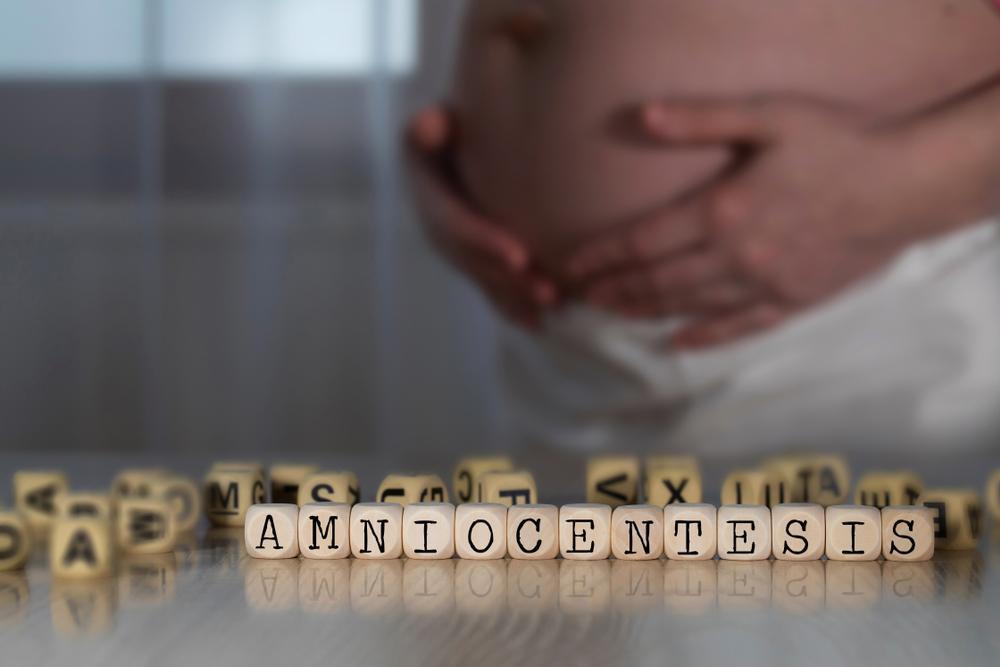Amniocentesis is a minor surgical procedure that can be done in an outpatient setting. This is commonly requested for pregnant patients who want to screen their fetus for the presence of any aberrant genes that may be present, especially for those parents with a strong family history of a genetic abnormality.
The process of removing a small amount of amniotic fluid for testing is done after an ultrasound is performed. The amniotic fluid is the fluid where the fetus is suspended. It is also essential for the nourishment of the fetus and also cushions them from the unexpected trauma of the external environment.
No sedation is required to perform amniocentesis. A small-caliber needle attached to the syringe is used to puncture the abdomen through the umbilicus and guided by an ultrasound probe. After this, the desired amount of fluid is extracted from the womb.


